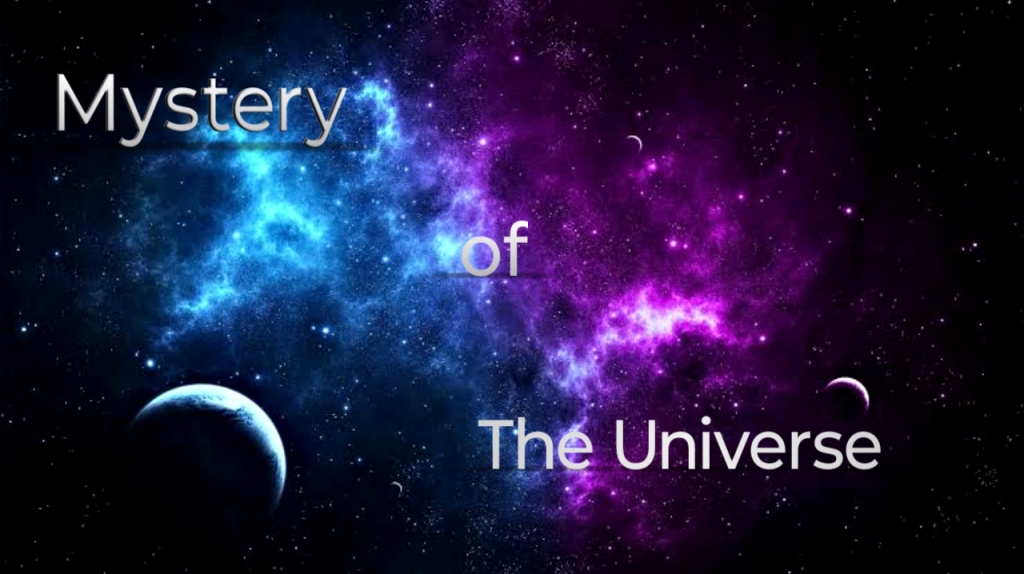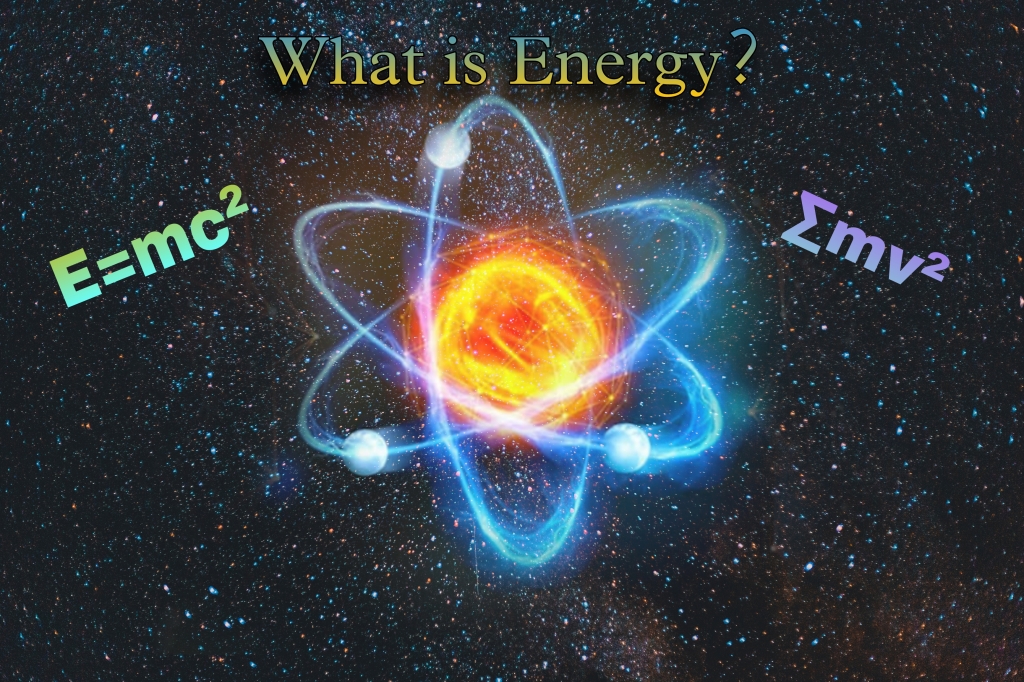Ego resides space exploration :
In the last part we had seen that how the space war was started and how the Soviet Union was leading United States.On October 4, 1957, the world witnessed a historic event: the launch of the first artificial satellite, Sputnik 1, by the Soviet Union.
This small metal sphere, about the size of a beach ball, orbited the Earth for three weeks, sending radio signals that could be heard by anyone with a receiver. Sputnik 1 sparked a wave of curiosity, awe, and fear across the globe, as people realized that the space age had begun.

A month later, on November 3, 1957, the Soviets launched another satellite, Sputnik 2, which carried a much heavier payload: a dog named Laika. She was the first living creature to leave the Earth’s atmosphere and enter orbit, but she did not survive the journey. Sputnik 2 also carried scientific instruments to measure the radiation, temperature, and pressure in space. Sputnik 2 reentered the atmosphere in April 1958, after 162 days in orbit.

In this article, we will explore the history, significance, and legacy of Sputnik 1 and the pioneering satellites that opened the door to the exploration of the final frontier.

SPUTNIK-1 moment:
On the evening of Friday, October 4, 1957, most Americans were watching the debut of a new TV show. Meanwhile, thousands of miles away, a rocket was being prepared to launch a shiny metal ball made by aluminium into space which could shine in space .This was a secret project by the Soviet scientists and engineers that would soon shock the world and change history. The final touches were done, the cameras flashed, and the rocket was ready at the cosmodrome’s launch pad. The countdown started, and the rocket lifted off gushing with a bright white flame. It carried a first man made satellite called SPUTNIK-1, a sphere weighing 83.6 kg, to a low Earth orbit. Soviet launched it successfully and soon SPUTNIK- 1 become the first man made thing that ever floated above over heads in outer space.
SPUTNIK-1 did not have any functions except sending out simple radio signals like a innocent beeps . The spacecraft obtained data pertaining to the density of the upper layers of the atmosphere and the propagation of radio signals in the ionosphere. It stayed in orbit for more than 22 days, until its batteries died on October 26, 1957. It continued to orbit for three months, until it re-entered the atmosphere and burned up on January 4, 1958.

It reached a maximum distance or height of orbit ( Apogee ) 939 km ( 583.468 miles) and a minimum height ( Perigee ) of 215 km ( 133.595 miles) above the Earth. It was 22.84 inches in diameter, with four long antennas attached to it. It had a sealed chamber that housed its instruments and power sources. It circled the Earth at a speed of 18,000 miles per hour, taking 96.20 minutes to complete one orbit. After its batteries ran out in less than a month, it kept orbiting until it fell back to Earth and burned up on January 4, 1958.
To calculate the number of orbits it made before it burned up in the atmosphere on 4 January 1958, we can use the following formula:
n= t / T
where, n is the number of orbits, t is the time in orbit, and T is the orbital period.
The time in orbit can be found by subtracting the launch date from the decay date:
t = 4 January 1958−4 October 1957 = 92 days
We can convert this to seconds by multiplying by 24 hours, 60 minutes, and 60 seconds:
t = 92 × 24 × 60 × 60 = 7,948,800 seconds
The orbital period is given as 96.2 minutes, which we can also convert to seconds:
T = 96.2 × 60 = 5,772 seconds
Plugging these values into the formula, we get:
n = 7,948,800 / 5772 ≈ 1,377
This means that Sputnik 1 made about 1,377 orbits around the Earth before it reentered the atmosphere. This is close to the reported value which said that the spacecraft made 1440 orbits around the earth .
Shockwave over the world :
Yet Sputnik-1 sent a shock wave through America and rest of the world not because of what it did but because of what it meant. American experts said that in 18 century if you want to control this planet we have to control the space around it .Americans everywhere believed SPUTNIK-1 as a demonstration of Soviet prowess and rocketry.
How Americans enter into space race :
The United States prided itself on being the leader in scientific and technological innovations. However, in October 1957, a shockwave swept through the nation when the Soviet Union launched SPUTNIK-1 into orbit. This event had profound consequences for the American public and its leaders. One of them was Wernher von Braun, a German engineer who had worked for Adolf Hitler’s rocket program. He became an American hero as he led the development of the US satellite program.

Another one was Dwight Eisenhower, a revered general and a popular president. He had spent his whole adult life in the military, and his crowning achievement was commanding the Allied forces that defeated Germany in World War 2.

Now, as the president facing the Soviet threat in the cold war, he saw his reputation tarnished by the perceived failure to keep up with the Soviet space advances.
Three years before the launch of SPUTNIK-1 :
In the early 1950s, Dwight Eisenhower was eager to obtain intelligence about the Soviet military capabilities. Therefore, he authorized covert aerial missions to take photographs of the Soviet territory in 1954. In March of that year, American fighter jets captured images of Soviet airfields near Vladivostok. In April, another American aircraft violated the Soviet airspace, but this time it faced a hostile response. A Soviet fighter jet attacked the American bomber, which barely managed to escape and return to its base. This incident exposed the risks and limitations of Eisenhower’s strategy.
Eisenhower was still determined to spy on the Soviet Union, but he realized that he needed a more effective and safer method. He appointed a secret committee in 1954, led by James Killian, the president of the Massachusetts Institute of Technology, to explore the possible solutions.

The committee delivered its top secret report in early 1955, which suggested that scientific advances could offer an alternative way of gathering intelligence. The report proposed the idea of launching an object that could orbit the Earth and transmit signals back to the ground. This was the genesis of the concept of an artificial satellite.
This is the end of the of Part-2 . Next part will be released soon . Thank u





Leave a comment